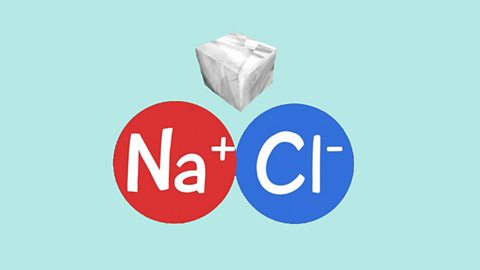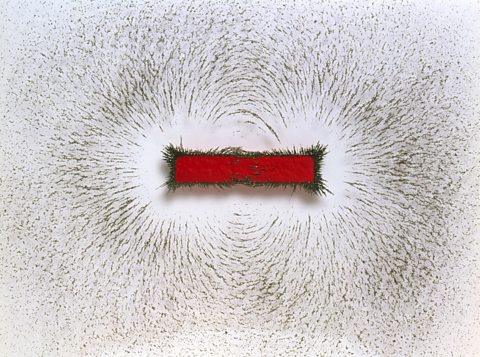Interactions over small and large distances
Forces - AQA Synergy
Forces are responsible for all the interactions between particles and objects. They can be divided into two categories: contact forces and non-contact forces.

Energy changes - AQA Synergy
Energy is a key principle in physics. Forces cause changes and energy calculations allow us to measure how much change can happen.

Ionic compounds - AQA Synergy
An ionic compound is made up of charged particles, called ions. It has a giant lattice structure with strong electrostatic forces of attraction.

Covalent bonding - AQA Synergy
A covalent bond is a shared pair of electrons. Covalent bonding results in the formation of molecules or giant structures. Substances with small molecules have low melting and boiling points and do not conduct electricity. Giant covalent substances have very high melting points.

Metals - AQA Synergy
Metals have giant structures of atoms with delocalised electrons. This explains their high melting and boiling points and why they conduct electricity.

Magnetism and electromagnetism - AQA Synergy
Magnetism is due to the magnetic fields around magnets. The fields can be investigated by looking at the effects of the forces they exert on other magnets and magnetic materials.

Sample questions - interactions over distances - AQA Synergy
Understanding how to approach exam questions helps to boost exam performance. Question types will include multiple choice, structured, mathematical and practical questions.

Links
- External linkExternal link
- External linkExternal link
- SubscriptionSubscription
- External linkExternal link
- External linkExternal link
- SubscriptionSubscription
- External linkExternal link
- External linkExternal link
- SubscriptionSubscription